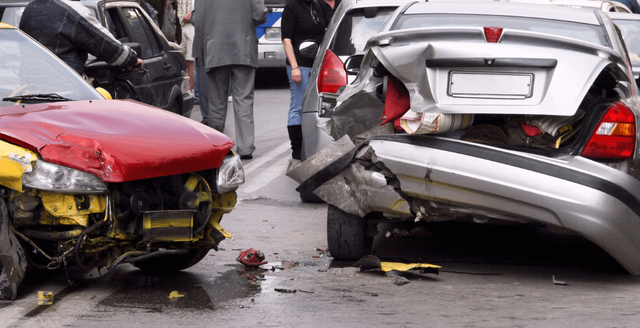How Do Traffic Accident Lawyers Prove Fault in Multi-Vehicle Collisions
Accidents involving more than two vehicles can be confusing. There are often multiple claims, different stories from drivers, and more than one possible cause. In such cases, proving who is at fault becomes a difficult task. This is where experienced legal help becomes necessary. Let us look at how traffic accident lawyers investigate and prove fault in multi-vehicle collisions.
How Do Traffic Accident Lawyers Prove Fault in Multi-Vehicle Collisions?
What Do Lawyers Look at First?
The first step is to understand how the crash started. Abogados accidentes de tráfico Valencia begin by collecting basic details:
● Police reports
● Photos of the crash site
● Traffic camera footage, if available
● Statements from all drivers and passengers
● Witness accounts
These documents help build a timeline. Who hit first? Who was following too closely? Was someone speeding or distracted? These questions are answered by matching statements with physical evidence.
How Is Physical Evidence Used?
Vehicle damage patterns tell a lot about who struck whom. For example, if one car has rear-end damage and the other has front-end damage, it may show that the second car did not brake in time.
Skid marks, glass fragments, and the position of vehicles after the crash also help lawyers recreate the sequence. Accident reconstruction experts may be brought in to give a technical opinion.
In some cases, data from the car’s black box is available. This device records speed, braking, and steering movements seconds before impact. Lawyers use this data to support claims about driver behavior.
Do Traffic Laws Help Decide Fault?
Yes. Lawyers also refer to local traffic laws. These rules cover safe distances, right of way, speed limits, and lane changes. If one driver broke a known rule, that action can be used to show fault.
For example, a driver who changes lanes without signaling and causes a collision can be held responsible, even if they were not the first car involved in the crash.
Traffic accident lawyer use both the facts of the crash and the traffic code to show who acted wrongly.
What If More Than One Driver Is at Fault?
In many multi-car crashes, more than one person shares the blame. One driver may have started the crash, but others may have made it worse by following too closely or not reacting in time.
In such cases, lawyers must divide the fault. This is called comparative negligence. Each driver is assigned a percentage of fault. Compensation is adjusted based on this percentage.
For example, if Driver A is found 70% at fault and Driver B is 30%, the settlement each driver receives or pays will reflect that ratio.
Conclusion
Multi-vehicle accidents are not simple. Proving fault requires a mix of evidence, expert opinion, and legal understanding. Lawyers must act fast to collect details before they are lost. With the help of skilled traffic accident lawyers, accident victims can understand what really happened, protect themselves from unfair blame, and get the support they deserve. In these complex situations, having the right legal guidance can make all the difference.
